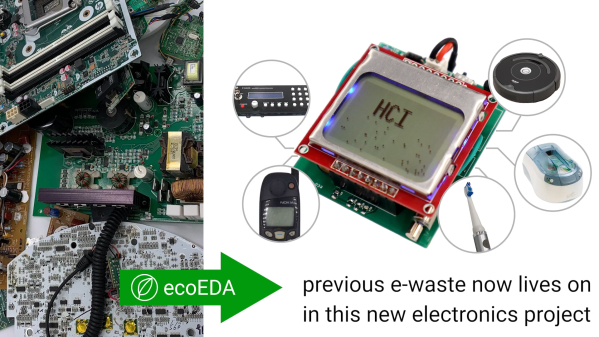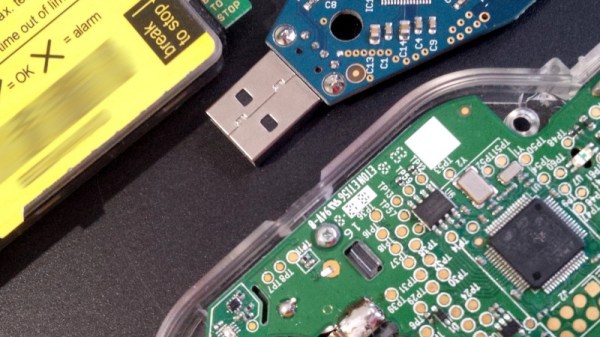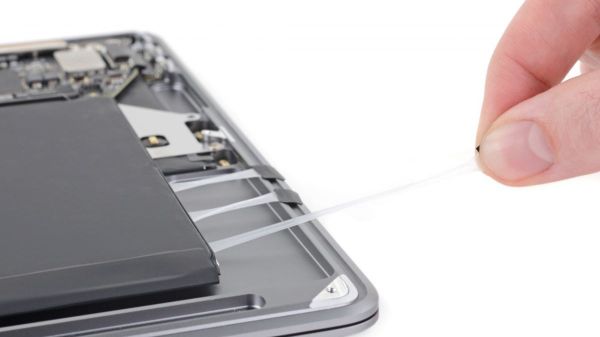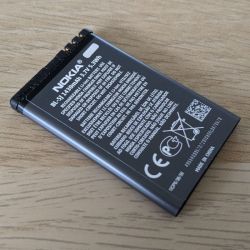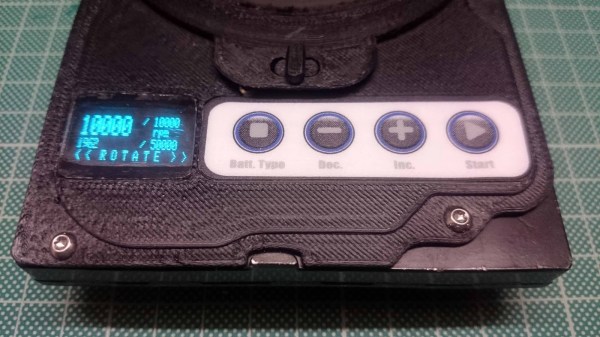[Simon] wrote in to let us know about DingPong, his handheld portable Pong console. There’s a bit more to it than meets the eye, however. Consider for a moment that back in the 1970s playing Pong required a considerable amount of equipment, not least of which was dedicated electronics and a CRT monitor. What was huge (in more than one way) in the 70s has been shrunk down to handheld, and implemented almost entirely on modern e-waste in the process.
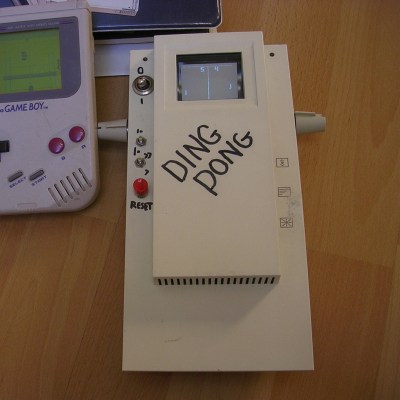
DingPong is housed in an old video doorbell unit (hence the name) and the screen is a Sony Video Watchman, a portable TV from 1982 with an amazing 4-inch CRT whose guts [Simon] embeds into the enclosure. Nearly everything in the build is either salvaged, or scrounged from the junk bin. Components are in close-enough values, and power comes from nameless lithium-ion batteries that are past their prime but still good enough to provide about an hour of runtime. The paddle controllers? Two pots (again, of not-quite-the-right values) sticking out the sides of the unit, one for each player.
At the heart of DingPong one will not find any flavor of Arduino, Raspberry Pi, or ESP32. Rather, it’s built around an AY-3-8500 “Ball & paddle” (aka ‘Pong’) integrated circuit from 1977, which means DingPong plays the real thing!
We have seen Pong played on a Sony Watchman before, and we’ve also seen a vintage Pong console brought back to life, but we’re pretty sure this is the first time we’ve seen a Sony Watchman running Pong off a chip straight from the 70s. Watch it in action in the video (in German), embedded below.
Continue reading “Handheld Console Plays Original Pong With Modern E-Waste”


